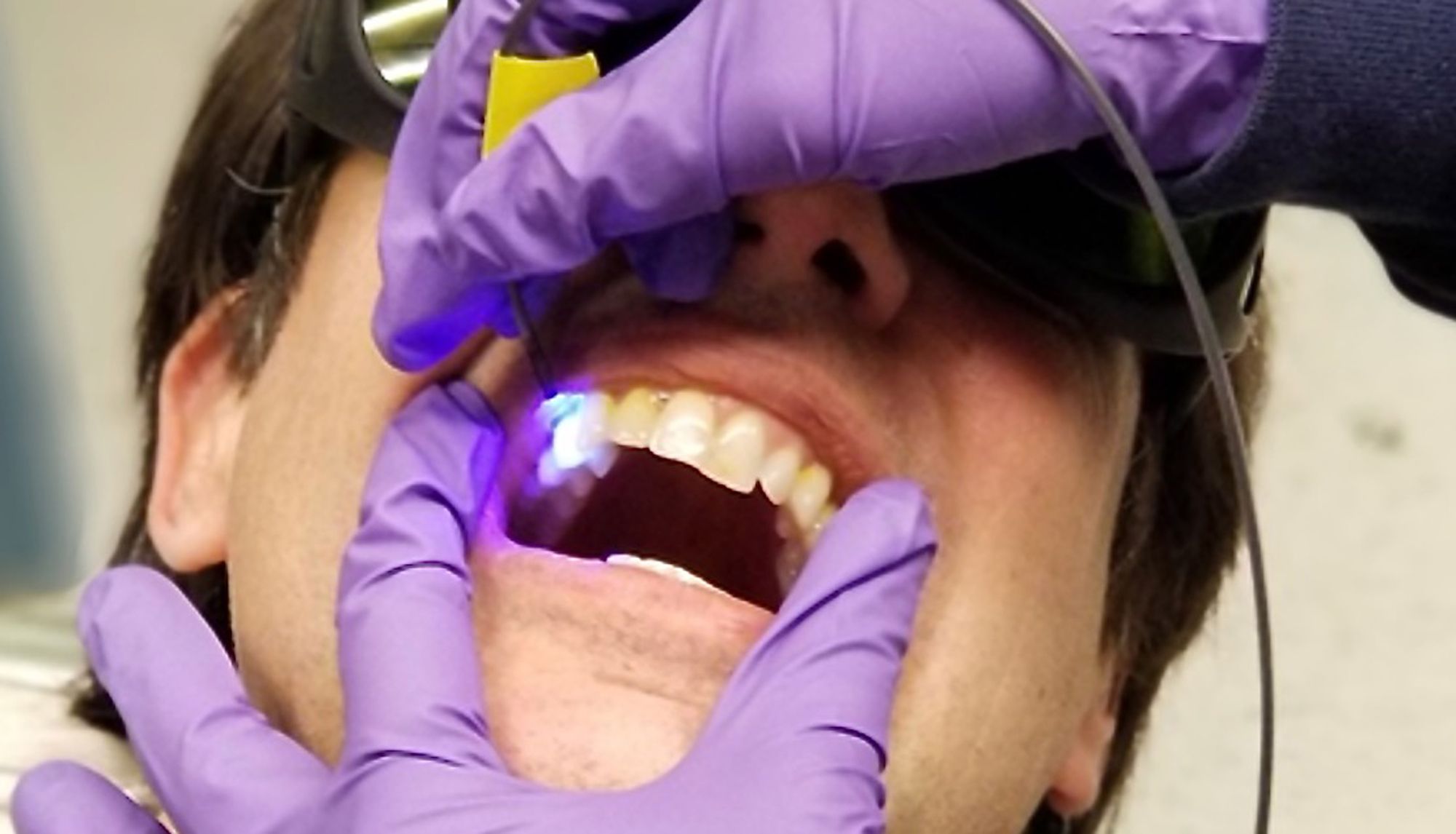University of Washington Study Creates Tool to Measure Cavity-Causing Acid Buildup
This new study tested a tool that measures acidity in biofilm to check for potential problem areas in patient’s mouths.
University of Washington Study Creates Tool to Measure Cavity-Causing Acid Buildup

In a new study from the University of Washington, researchers demonstrated a tool they created to measure acidity buildup by bacteria in plaque that leads to cavities. This tool, called the O-pH system, emits an LED light to measure fluorescent reactions of that light to an FDA-approved chemical dye applied to the patient’s teeth. The O-pH displays a numerical reading of the acidity of the biofilm, allowing dental professionals to gain knowledge on potential problem areas.
“Plaque has a lot of bacteria that produce acid when they interact with the sugar in our food,” lead author of the study and doctoral student Manuja Sharma said in a UW News release from the University. “This acid is what causes corrosion of the tooth surface and eventually cavities. So, if we can capture information about the acidic activity, we can get an idea of how bacteria are growing in the dental biofilm or plaque.”
The researchers recruited 30 patients at the UW School of Dentistry’s Center for Pediatric Dentistry between the ages of 10 and 18 with the median age being 15. Various conditions were tested including pre- and post-sugar rinses, and cleanings. While researchers applied the dye to the teeth, the probe at the end of the cord collects light and transmits those readings back to a central box. This box then displays the pH reading. Pediatric patients were tested because of the enamel being thinner on their teeth, and early detection being key.
The study was inspired by the idea that a dentist could do this test prior to any cleaning or procedure to get a clear and robust impression of problem areas in a patient’s mouth.
The study was published in February in IEEE Transactions on Biomedical Engineering. It was funded by the National Science Foundation, Oral Health Monitor, Institute of Translational Health Sciences; and the National Center for Advancing Translational Sciences of the National Institutes of Health.
Floss & Flip Flops Episode 22: National Dental Hygiene Month
October 1st 2023Join the Sanders Sisters and Dr Anna Kay Thompson as they learn about the burning questions the medical community is not asking about oral health. Learn about all of the ways they are celebrating the good work of dental hygienists in their quest for whole-body health.